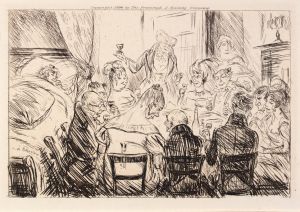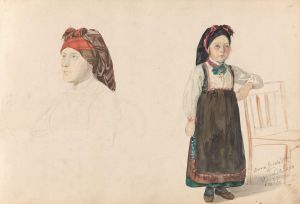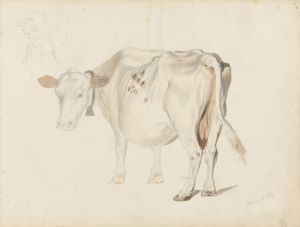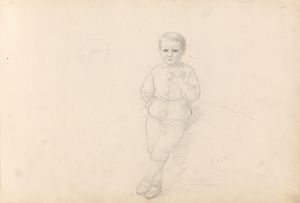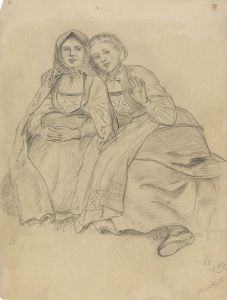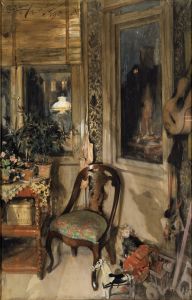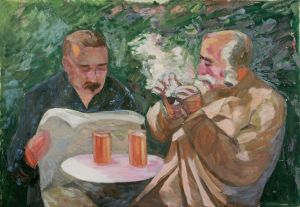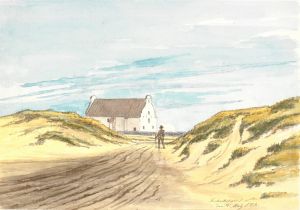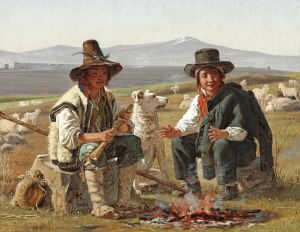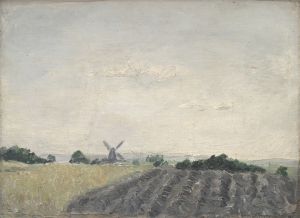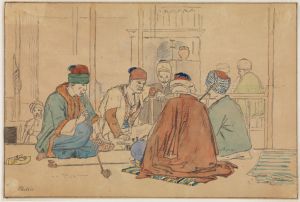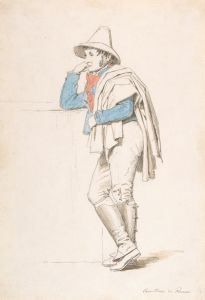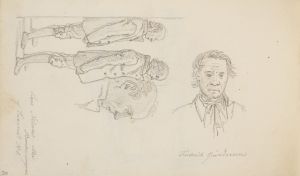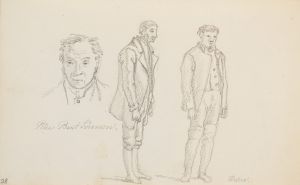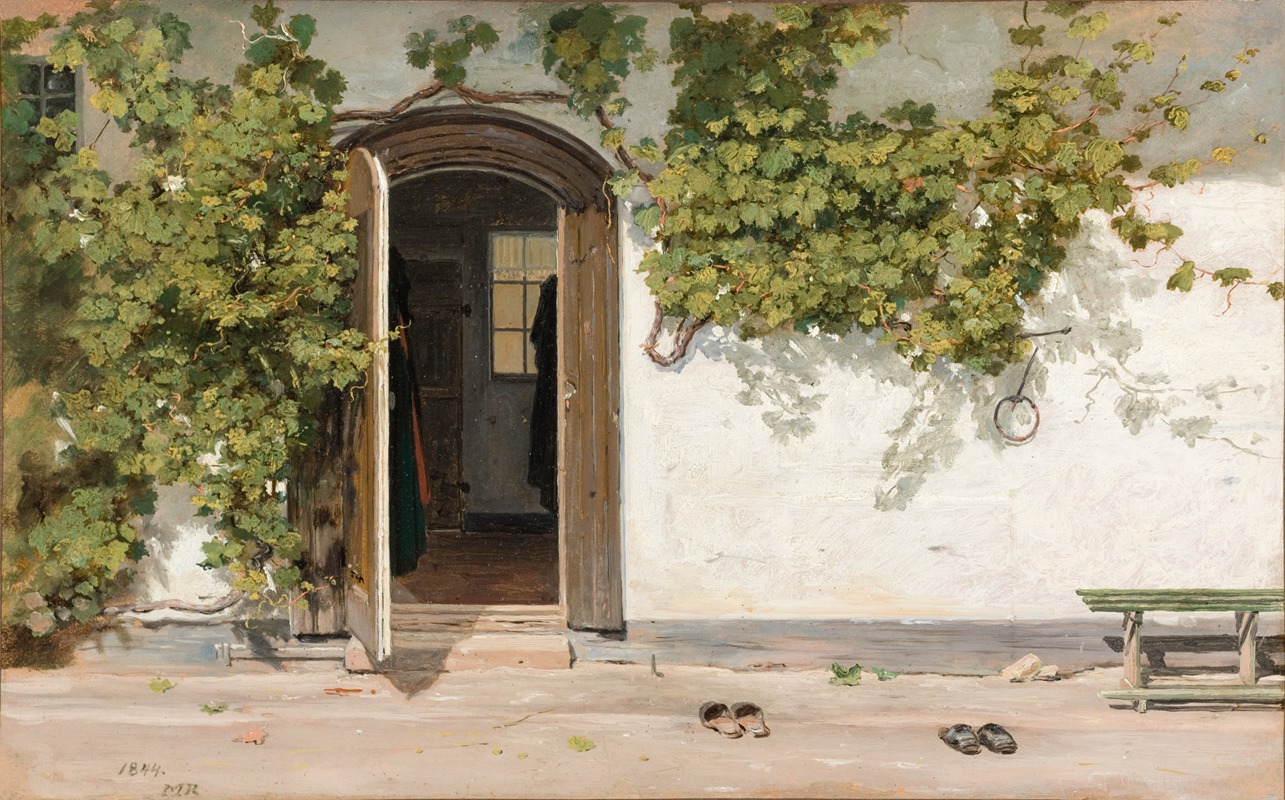
Entrance to an Inn in the Praestegarden at Hillested
A hand-painted replica of Martinus Rørbye’s masterpiece Entrance to an Inn in the Praestegarden at Hillested, meticulously crafted by professional artists to capture the true essence of the original. Each piece is created with museum-quality canvas and rare mineral pigments, carefully painted by experienced artists with delicate brushstrokes and rich, layered colors to perfectly recreate the texture of the original artwork. Unlike machine-printed reproductions, this hand-painted version brings the painting to life, infused with the artist’s emotions and skill in every stroke. Whether for personal collection or home decoration, it instantly elevates the artistic atmosphere of any space.
"Entrance to an Inn in the Praestegarden at Hillested" is a painting by the Danish artist Martinus Rørbye, a prominent figure of the Danish Golden Age of painting. Created in 1831, the work exemplifies Rørbye's characteristic attention to detail and his ability to capture everyday life with a sense of intimacy and realism.
The painting depicts the entrance to an inn located in the Praestegarden (parsonage garden) at Hillested, a village on the island of Lolland in Denmark. The composition focuses on the architectural features of the inn's entrance, framed by lush greenery and bathed in natural light. Rørbye's use of light and shadow creates a serene and inviting atmosphere, reflecting his skill in rendering outdoor scenes with a sense of depth and texture.
Martinus Rørbye (1803–1848) was known for his travels throughout Denmark and beyond, often documenting the landscapes, architecture, and daily life he encountered. His works frequently combine a documentary quality with an artistic sensibility, offering viewers a glimpse into 19th-century life. This painting is consistent with his broader oeuvre, which often highlights rural and domestic settings.
The painting is part of the collection of the Statens Museum for Kunst (National Gallery of Denmark) in Copenhagen. It is considered an important example of Rørbye's contribution to Danish art and his ability to elevate seemingly ordinary scenes into works of enduring beauty and cultural significance.
No further specific details about the context or commission of this painting are widely documented.





